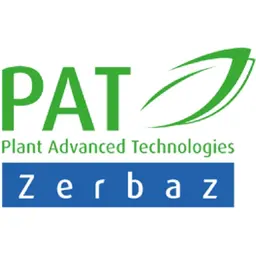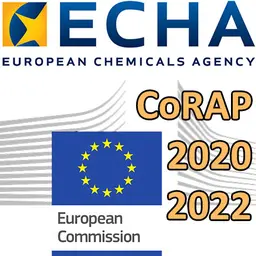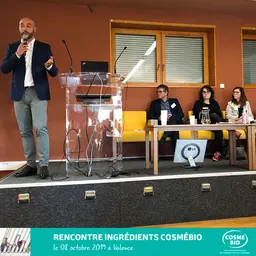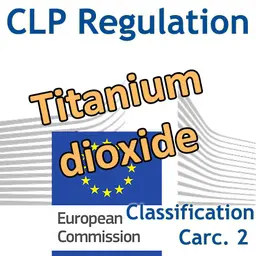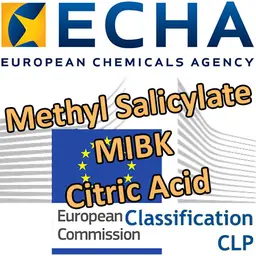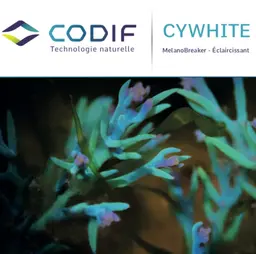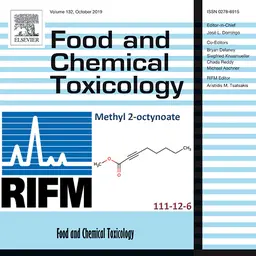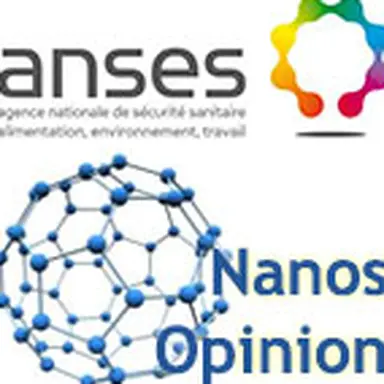
Confronted with the wide range of nanomaterials in everyday life (cosmetics, textiles, food, paints, medical applications) and the many questions surrounding them, ANSES published a review of the available literature on health and environmental issues relating to manufactured nanomaterials. This will help clarify scientific understanding and demonstrate the toxic effects of some nanomaterials on living organisms and the environment.
This document also emphasizes the complexity of understanding the various situations to which humans and the environment are exposed, and the limitations of existing risk assessment methodologies. Due to this complexity, it is difficult to assess the specific risks associated with nanomaterials. Given the time it would require, the Agency recommends the immediate implementation of tools to improve risk management through a stronger regulatory framework at European level.
French Agency for Food, Environmental and Occupational Health & Safety (ANSES) Communique
Some “older” nanomaterials have been around for almost a century and certain nanoparticles can also be produced naturally. It was not however until the late 1990s that technological developments emerged that led to a wide diversification of industrial applications. Nanomaterials are now found in many everyday products: cosmetics, textiles, food, paints, medical applications, etc. This technological deployment has been accompanied by studies on their potential health impact, yet many doubts remain as to their effects on health and the environment. This uncertainty has led to questions about the degree to which these risks are controlled, and the appropriate regulatory framework.
Issues and update of current knowledge
ANSES has consequently set a high priority on the investigation of nanomaterials and has …

